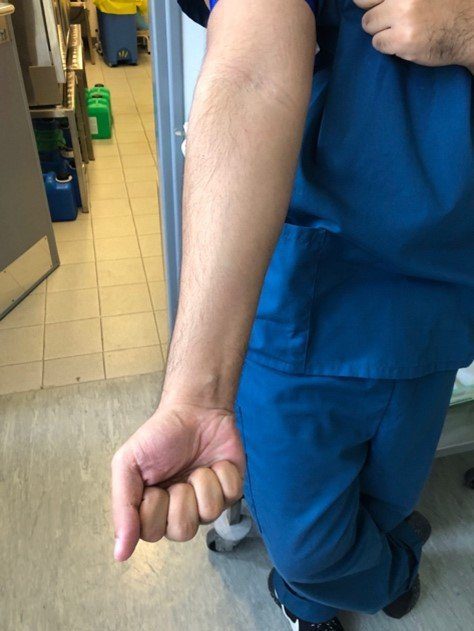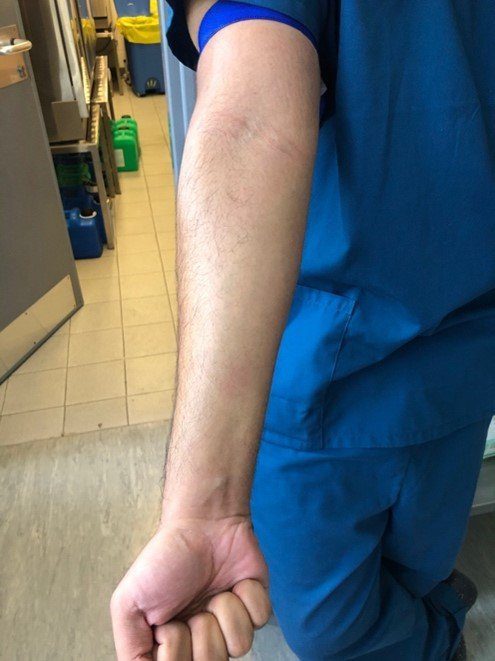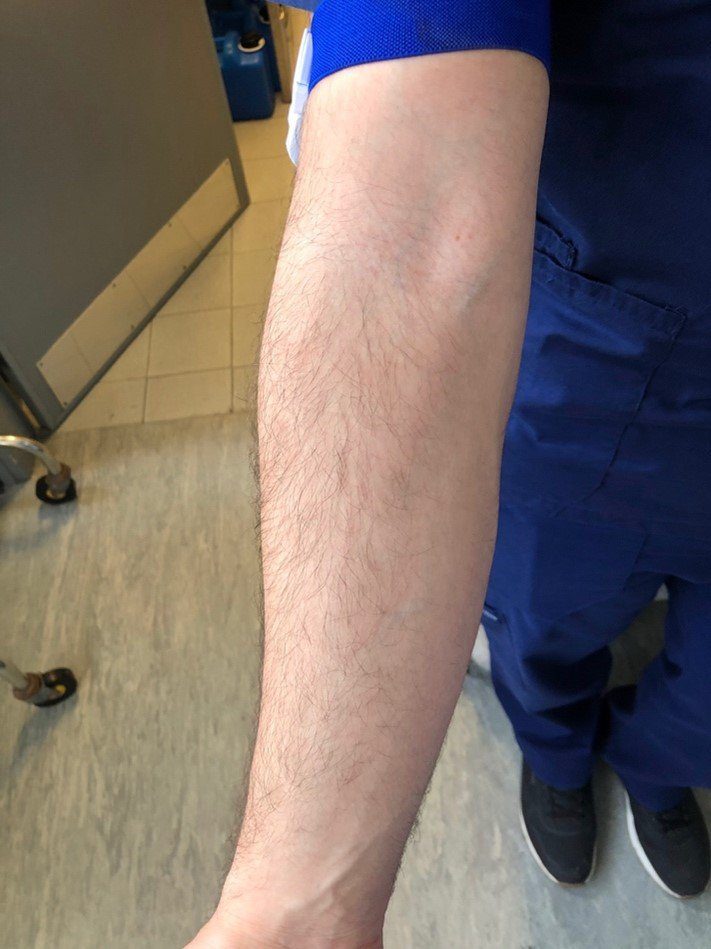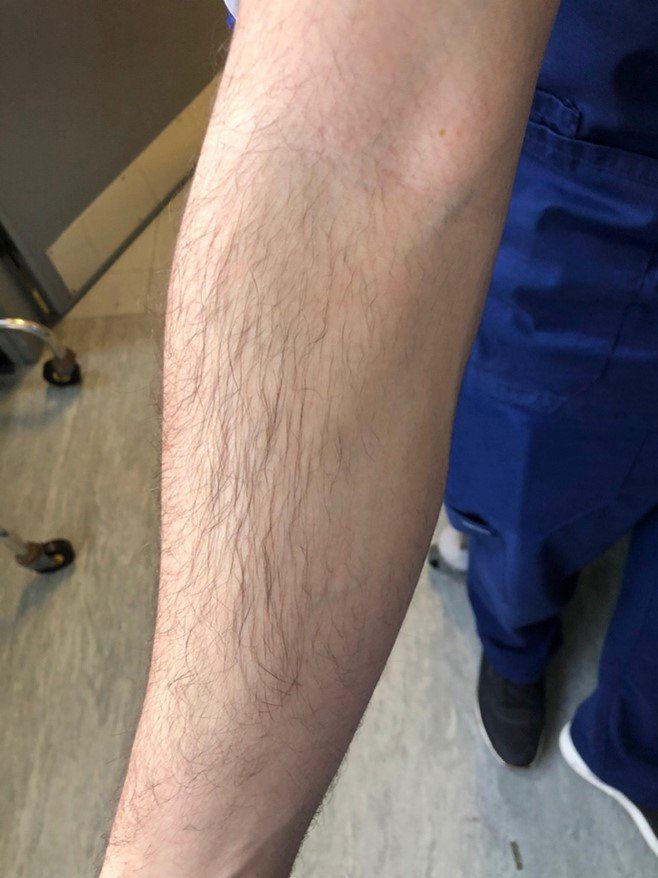“Can we have one of the med students take some bloods?”
“Can one of the med students help us cannulate the patient in room 3?”
If you hear this on the ward, how would you react?
Scared? Worried? – then in this weeks blog I will try to give you some pointers and tips on how to make sure you get the juiciest of veins
Confident? – still stick around, I’m certain one of the tips I will mention will help you!
Small disclaimer – unless you are sure on what you are doing – please get supervision, please do not try to take bloods or cannulate on your own if you have no decent experience
Before we jump in to the juicy tips and tricks, let me quickly introduce myself!
My name is Habib and i am currently a 5th year medic studying in Cyprus at the University of Nicosia! Before this, i did 3 years of an undergrad degree at Coventry University. Being a medical student in Cyprus allows us to get alot of hands on clinical expereinces! I have also been lucky enough to get to work with some amazing nurses and doctors who have given me awesome tips! (things we don’t necessarily get taught in med school). I run a youtube channel, an instagram page and my own weekly newsletter where I make sure to give out all these useful tips i learn so that more people can benefit from them. One of the best pieces of tips and tricks I recently recieved has to do with blood taking and cannulation! so without further ado, let’s jump straight into the tips!
#1. You don’t need to SEE the vein, you need to FEEL it
This advice is the best one I have recieved so far. Prior to this, I would see a patients arm with no veins and I’d start to panic, thinking oh God, no veins, this is going to be a struggle. All the manequins we practice on have visible veins, what am i gonna do bla bla bla.

We would all love it if our patients arms looked like this
But alas, not all patients have veins like these.. the best thing to do is.. approach a patient, if you see veins, great, if not.. take a deep breath and just do all the necessary things you need to do..
The first one being, just feel for the vein, sometimes that’s all you need to do, but if you feel for it and its barely there, or you don’t feel anything, then again, don’t freak out – try again after these manoeuvres that help bring the veins out.
#2.
- Tourniquet tight around the arm – don’t be afraid of hurting the patient, it’s really not that painful. I suggest taking a tourniquet one day and tying it around your arm as hard as you would on a patient, this will make you realise that it’s not that painful.
- Hang the arm down on the side of the bed, this increased blood flow and causes dilation
- Tap and rub the vein, this causes vasodilation
- ALCOHOL
NO, DO NOT GIVE YOUR PATIENT TEQUILA, LEMON AND SALT
(unless they’re hypotensive?? JK JK) no really, don’t.
I mean use alcohol wipes. This is again, one of the best tips I have received. I once was struggling to see or feel the veins, and the nurse just said, just wipe his arm with alcohol and i did and BAM, veins. They just appeared.
I was so confused, but even since that day, i always wipe if i struggle to feel for a vein, or i wipe anyway coz seeing would just be better, and then i feel again to make sure the pathing of the vein so i know which way to enter and proceed. (always remember to wipe again if you touch the site before penetrating the skin).
Here are some photos of me and my colleague experimenting this alcohol method, the photos may not do it justice, but trust me, the veins for some odd reason just pop out with alcohol wipes.
The first one being, just feel for the vein, sometimes that’s all you need to do, but if you feel for it and its barely there, or you don’t feel anything, then again, don’t freak out – try again after these manoeuvres that help bring the veins out.

This is my hand before wiping.

This is my hand after wiping.

This is my friends hand before wiping.

This is his hand after wiping.
Things to keep in mind:
It could just be the act of rubbing the vein that’s causing this or just applying something wet. Either way, i’d rather apply alcohol to clean the site more than to apply water. No harm in trying it out.
Some tips for the actual procedure of when you insert the needle:
-
- Anchor the vein – always anchor the vein with your thumb or finger a few cm or an inch or two below where you intend on penetrating, please dear God not above the site, please don’t make me explain why that’s not a good idea (psssttt.. needle stick injury).
- When you feel for the vein, don’t get excited and just stick the needle in out of excitement. The vein can be easily punctured if you do that. When you feel the vein, make sure you feel the pathing. If you find a good vein, feel above it and see which direction its heading, that way you know what angle to enter. If the vein is going left, you know that’s how you’ll aim your needle etc..
I hope this helped you or it at least gave you some extra tips on how to ensure you get bloods done or cannulate a patient next time! Please if you don’t have experience always seek for supervision!

Leave a Reply